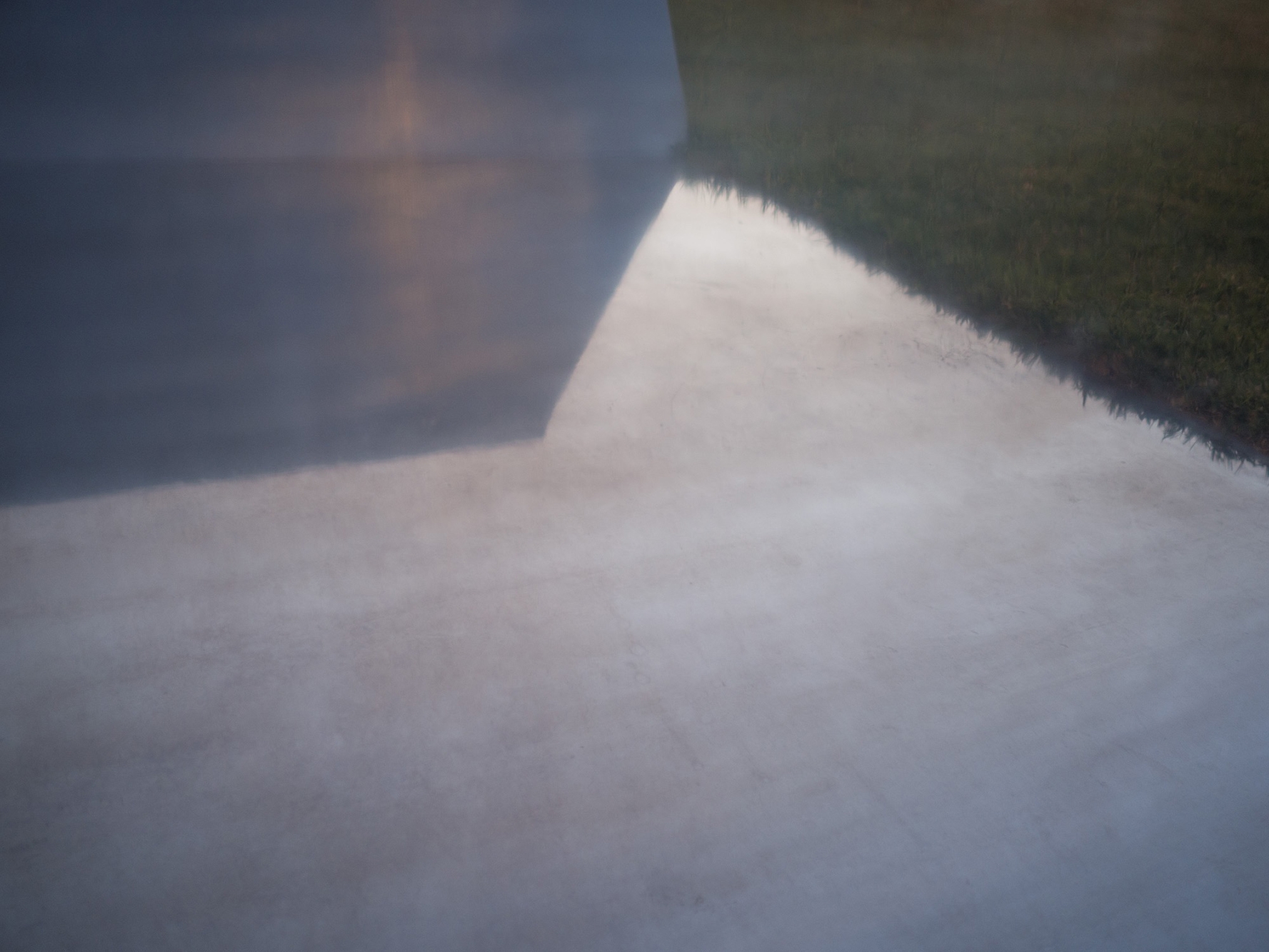Eikasia
2017
7 Inkjet prints on Fine Art paper
53 x 80 cm | 80 x 53 cm | 43 x 32 cm
25 Inkjet prints 28 x 21 cm
In Plato's allegory as in the myth of Perseus, the reflection is both image and reality. Both the narratives carry in themselves the mechanism idea of world transformation, doting it with the judgment of good and evil and the illusion of life and death, dichotomies that inevitably condition us and cloud the perception of things.
The isolation, deconstruction and decontextualisation process of reality actually refers to a strategy of reducing and eventually eradicating the links established with it, therefore creating conditions for a new identity to emerge - but is it the real image? The search for references that allow us to obtain a return image in a familiar language results in an inconsequential exercise, instead of images only other images result, in a seemingly endless sequence.
The possibilities of the use of the reflection as a device for processing and representation are found in contemporary art practice, simultaneously of a profound ambiguity and clarity. The image is, at the same time, a reflection of what it purports to represent and a reflection of itself. Its demand is also what moves us when we position ourselves in the role of an observer.
Is it our reflection we find there? Ultimately, the pointless satisfaction of giving it any other provisional sense. We don't know the full extent of space, nor time. Maybe only, between opacity and precision, the organic and the artificial, matter and energy, what is real and its transformation, can we discover a place that doesn't actually exist.
Text: Luís Barata






